A roof plumber is a highly trained tradesperson specializing in managing the water drainage systems on your roof. Their primary role involves implementing effective strategies to keep your home dry and shielded from water damage.
Roof plumbers install and maintain gutters, downpipes, flashings, and roofing elements to divert rainwater from your property.
You may be curious about how a roof plumber's role differs from a conventional plumber's.
While both professionals work with water systems, roof plumbers concentrate on the external flow of water.
They ensure that rainwater drains off your roof efficiently, preventing leaks and water accumulation that could jeopardize your home's structural integrity.
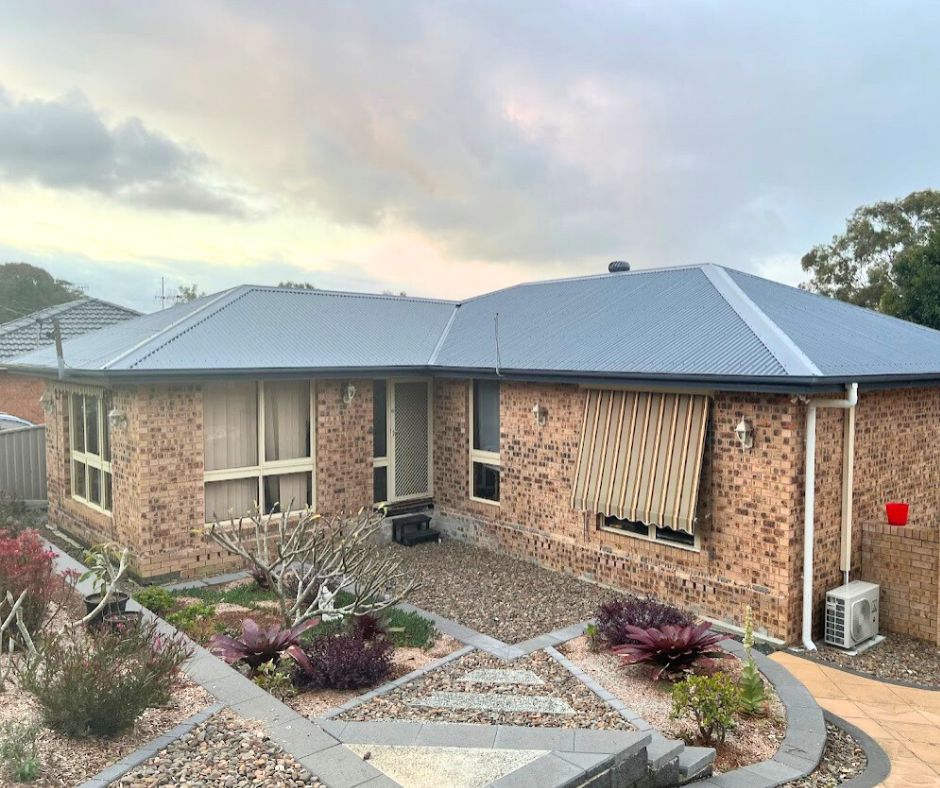
Explore the Essential Roles and Responsibilities of Roof Plumbers
The primary responsibility of a roof plumber is to guarantee that water flows off your roof correctly.
They are required to interpret technical blueprints to effectively install drainage systems at various slopes. Additionally, they are involved in tasks such as installing roof sheeting and wall cladding.
By engaging a roof plumber, you can ensure your residence remains dry and safe from water-related challenges.
Discover Additional Services Offered by Roof Plumbers
- Repair roofs
- Replace damaged roof components
- Install rainwater tanks
- Maintain roof drainage systems
Selecting the appropriate materials is vital for a durable roof drainage system. Your roof plumber will guide you in choosing the most suitable options tailored to your specific climate and roof style.
Essential Training and Qualifications for Roof Plumbers
To become a qualified roof plumber, you must complete specific educational requirements and obtain the necessary licenses. Engaging in formal training and acquiring certifications is essential for operating within this niche industry.
To kickstart your career as a roof plumber, you will need to complete a Certificate III in Roof Plumbing. This program typically encompasses both theoretical lessons and practical training. You will explore various subjects, including:
- Interpreting building plans
- Installing gutters and downpipes
- Working with metal roofing materials
- Safety protocols for working at heights
Prioritizing Safety in Roof Plumbing Operations
Roof plumbing often involves working in high-risk settings. Proper safety measures are essential to safeguard yourself and others during the job. Installing edge protection is crucial for ensuring that the worksite remains safe and compliant with regulations.
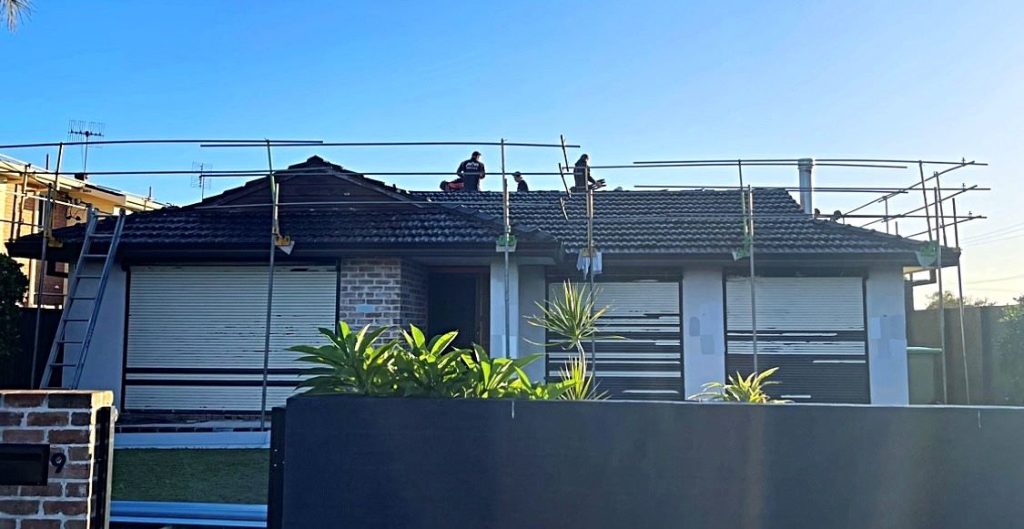
Expertise in New Roofing Installations
Roof plumbers excel in installing gutters, downpipes, and rainwater harvesting systems.
During the construction of new buildings, they collaborate closely with architects and builders to devise effective drainage systems. This process includes selecting the appropriate materials and accurately sizing gutters and downpipes.
Furthermore, roof plumbers install flashing around chimneys, skylights, and other roof penetrations. This strategic measure prevents water from infiltrating your home, thus maintaining its structural integrity.
Navigating Complex Roof Designs with Expertise
Modern architectural trends frequently feature intricate roof configurations. These designs can encompass multiple angles, levels, and materials.
Installing gutters, downpipes, and flashing becomes increasingly complex when dealing with unconventional shapes. Skilled roof plumbers must employ problem-solving abilities to create effective drainage solutions tailored to these unique roofing structures.
Key Components of Roof Plumbing Systems
A roof plumbing system comprises various components that work harmoniously to protect your home's structures from water damage. The primary elements include:
Understanding Metal Roofing Solutions
We specialize in installing Colorbond roofing, which is available in three primary profiles: corrugated, Klip Lok, and Trimdek. Our team is here to assist you in selecting the profile most suitable for your roof's specific needs.
Efficient Gutter Systems
The gutters play a vital role in collecting and directing rainwater into the downpipes, ensuring it is channelled away from the roof and preventing standing water that could compromise structural integrity.
Importance of Fascia Covers
Fascia covers are protective layers that cover a timber fascia board. These covers shield the timber from environmental damage, ensuring that the gutters and fascia covers remain neat and functional while extending their lifespan.
Downpipes: Essential for Water Drainage
Downpipes are crucial for transporting rainwater from the gutters into the stormwater system. Installing leaf diverters effectively prevents leaf debris from accumulating inside the downpipes, ensuring optimal drainage.
Enhancing Airflow with Whirly Birds
Whirly Birds are valuable additions to residential and commercial roofs. These devices increase airflow and ventilation, promoting more efficient heating and cooling for your building and thus enhancing overall energy efficiency.
Ensuring Waterproofing with Roof Flashing
Roof flashing is essential for preventing water from leaking through critical entry points on your roof. Typically used as a flexible waterproof barrier, flashing is installed where the roof intersects with other structures to ensure a leak-proof seal.
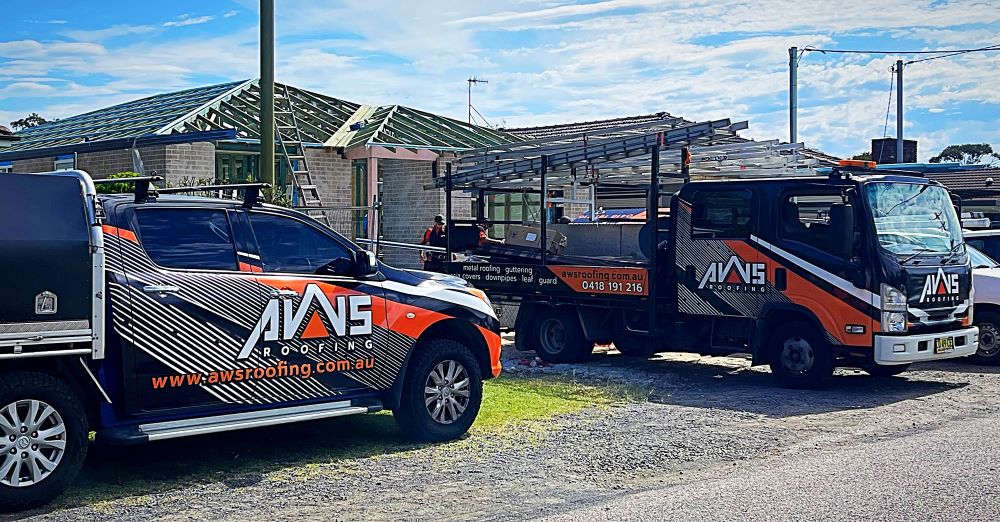
Accommodating Roof Plumbing for Diverse Roof Types
Each type of roof features distinct structural designs and requirements for effective water flow management.
Specialized Roof Plumbing for Metal Roofing
Metal roofs, such as Colorbond®, require the expertise of skilled roof plumbers to ensure that all roofing sheets are installed correctly and that the appropriate rivets and screws are utilized. To maintain watertight integrity, there must be no gaps or holes.
Metal roofs facilitate quicker water runoff than tile roofs, necessitating an effective guttering system to channel rainfall into downpipes and subsequently into the stormwater drainage system.
Roof Plumbing Solutions for Tile Roofing
Tile roofs can be constructed from concrete, metal, or terracotta. Like metal roofs, tile roofing requires careful attention to prevent water leakage. All tiles must be intact, without breaks or cracks. Properly executed pointing and capping at the roof peak are essential. Flashings should be installed around chimneys or vents to manage water flow effectively. Rainwater travels more slowly across tile roofs, which must be considered when selecting appropriate gutter profiles and downpipes.
Effective Roof Plumbing for Flat Roofing
Water cannot drain off a flat roof, so a slight slope is necessary to prevent persistent roofing issues during rain. Utilizing metal roofing profiles such as Klip Lok can be an effective approach. Box gutters may also be employed to facilitate efficient drainage at the junctions of roofing sections.
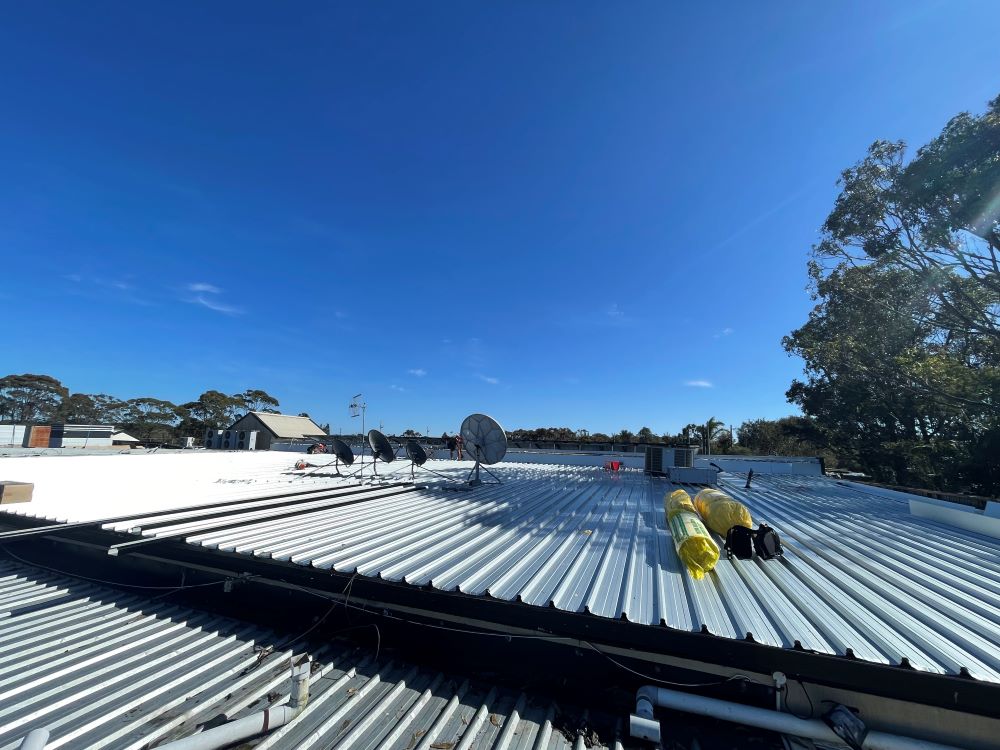
Identifying Common Signs of Roof Plumbing Problems
Several minor indicators can signal the need for roof repairs, which can escalate into major issues if not addressed promptly.
- Visible water stains on ceilings or walls
- Broken flashing, sagging, or missing tiles
- Mould growth within your home
- Water leakage inside the property
- Dampness or discolouration on ceilings and walls
- Clogged gutters or downpipes filled with leaves and debris
- Cracked gutters or deteriorating flashing
The Importance of Hiring a Qualified Roof Plumber: Key Benefits
Roof plumbers are vital for ensuring the best outcomes for your property. Here's why you should prioritize hiring professionals:
- Roof plumbers are certified tradespeople
- They help avert potential roofing issues
- Professional roof plumbers adhere to building codes and regulations
- Reputable roof plumbers provide transparent pricing
An experienced roof plumber can assess your roof's plumbing needs based on local climate and environmental conditions.
Key responsibilities of a roof plumber include:
- Analyzing the layout of plumbing systems and recommending suitable materials
- Installing gutters, flashings, and other essential components
- Setting up comprehensive rainwater collection systems
- Installing metal roof sheeting with precision
Why Choose AWS Roofing for Your Roof Plumbing Needs?
A well-installed and meticulously maintained roof and guttering system is crucial for preserving your home's excellent condition and longevity.
To achieve this standard, contact AWS Roofing today.
We are a fully licensed and insured professional team serving the Central Coast area. By choosing us, you benefit from warranties on products and workmanship, providing you with peace of mind.
Once you reach out, we will evaluate your roof and present you with various new roofing options tailored to your needs.

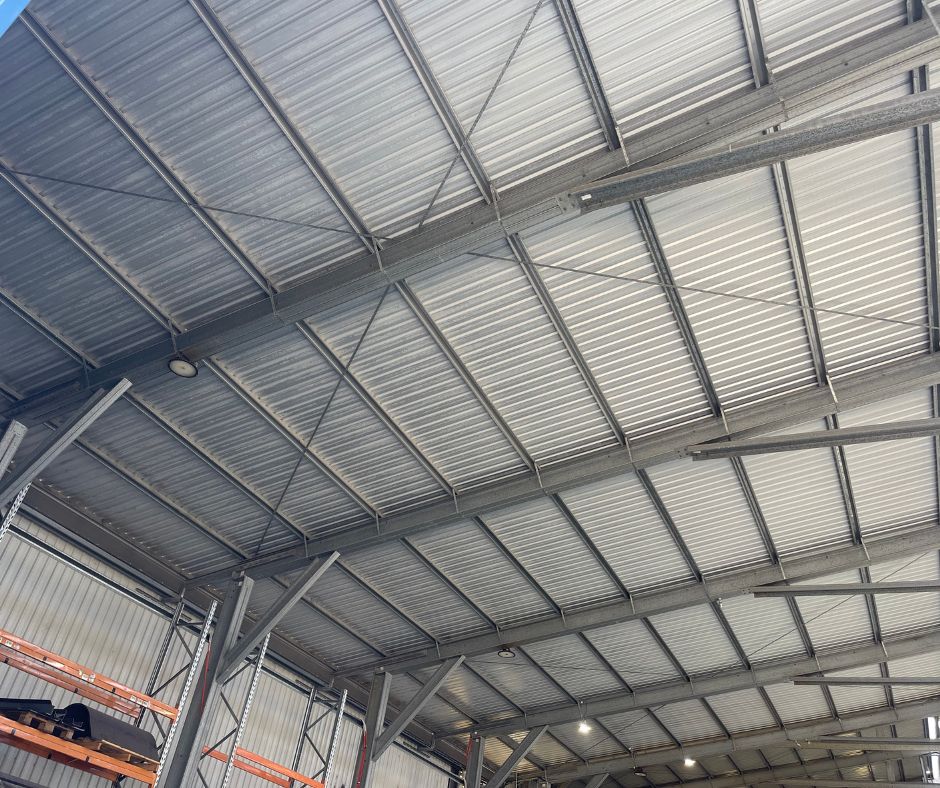
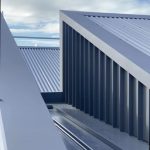
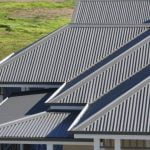


It’s interesting how often we overlook the vital role roof plumbers play in maintaining our homes. I’ve had my fair share of trouble with poor drainage leading to leaks, and it really stressed me out before I understood the importance of a professional in that area. It’s fascinating how roof plumbing can significantly impact the longevity of a building.
You’ve highlighted a crucial aspect of home maintenance that often flies under the radar. Many homeowners don’t realize that the effectiveness of our roofs and drainage systems can have a direct ripple effect on our comfort and safety. When drainage issues happen, they can quickly escalate into a much larger problem with leaks, mold, and even structural damage, which can be incredibly stressful.
You’ve highlighted a crucial aspect of home maintenance that often flies under the radar. It’s so true that many homeowners overlook the importance of keeping our roofs and drainage systems in check. I’ve seen firsthand how quickly minor drainage issues can escalate—what starts as a small leak can lead to serious problems down the line, like black mold or even compromised structural integrity. It’s alarming how interconnected everything is.
It really is surprising how easily we take roof plumbers for granted, isn’t it? Until something like poor drainage leads to leaks, we don’t often realize the silent guardians working behind the scenes. I can relate to that stress of dealing with leaks—it’s a tough spot to be in. I remember having a similar issue when I first moved into my place; it was a real wake-up call about the importance of proper maintenance.
The distinction you’ve highlighted between roof plumbers and conventional plumbers is quite significant and often overlooked. It’s fascinating how specialized trades can develop around specific aspects of home maintenance, reflecting the complexity of water management in our built environments.
It’s fascinating how roof plumbers are like the unsung superheroes of home maintenance! While they might not wear capes, they definitely keep our castles safe from rain-induced mayhem. I mean, think about it—without them, our roofs would be practically begging for a lifeguard with all that water pooling up there.
I had no idea roof plumbers were the unsung heroes of our homes! It’s like they’re the secret ninjas fighting against the forces of nature, ensuring that rainwater doesn’t become an unexpected indoor pool party. I remember when I thought all plumbers were just for indoor issues. But really, they deserve a throne next to the knights of the round table—the Knights of the Gutter, perhaps?
Isn’t it fascinating how easily we overlook the roles certain trades play in our everyday lives? Roof plumbers really do operate in that stealthy fashion, often only noticed when something goes wrong. I think you’re spot on with the idea of them being the “Knights of the Gutter.” They’re at the forefront of defending our homes from damage caused by leaks and flooding, and yet they don’t get the recognition they deserve.
I love the idea of the Knights of the Gutter—what a fitting name for these skilled tradespeople who work tirelessly behind the scenes. It’s so true that we often overlook the essential roles people play in maintaining the integrity of our homes. Roof plumbers, in particular, face unique challenges that many don’t realize, especially with varying weather conditions and the sheer physical demands of being up on a roof.
It’s fascinating how specialized trades can significantly impact the longevity of our homes. I’ve always been intrigued by the intricacies of roofing and water management. It’s interesting to think that a roof plumber’s role is vital not just for comfort but for preventing some serious structural issues.